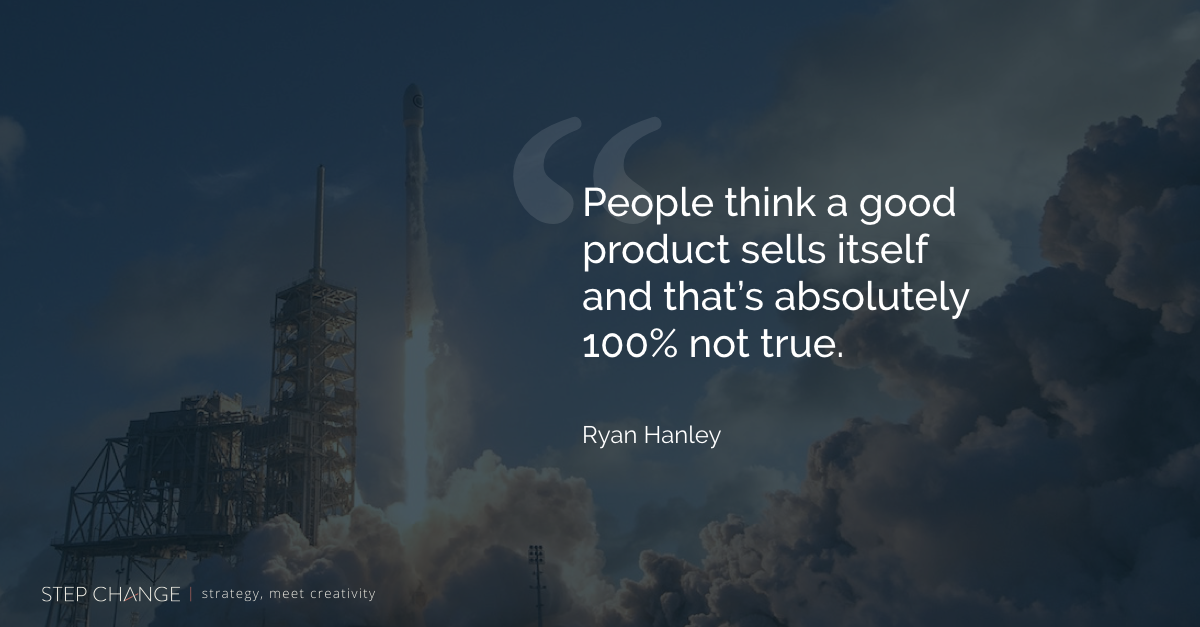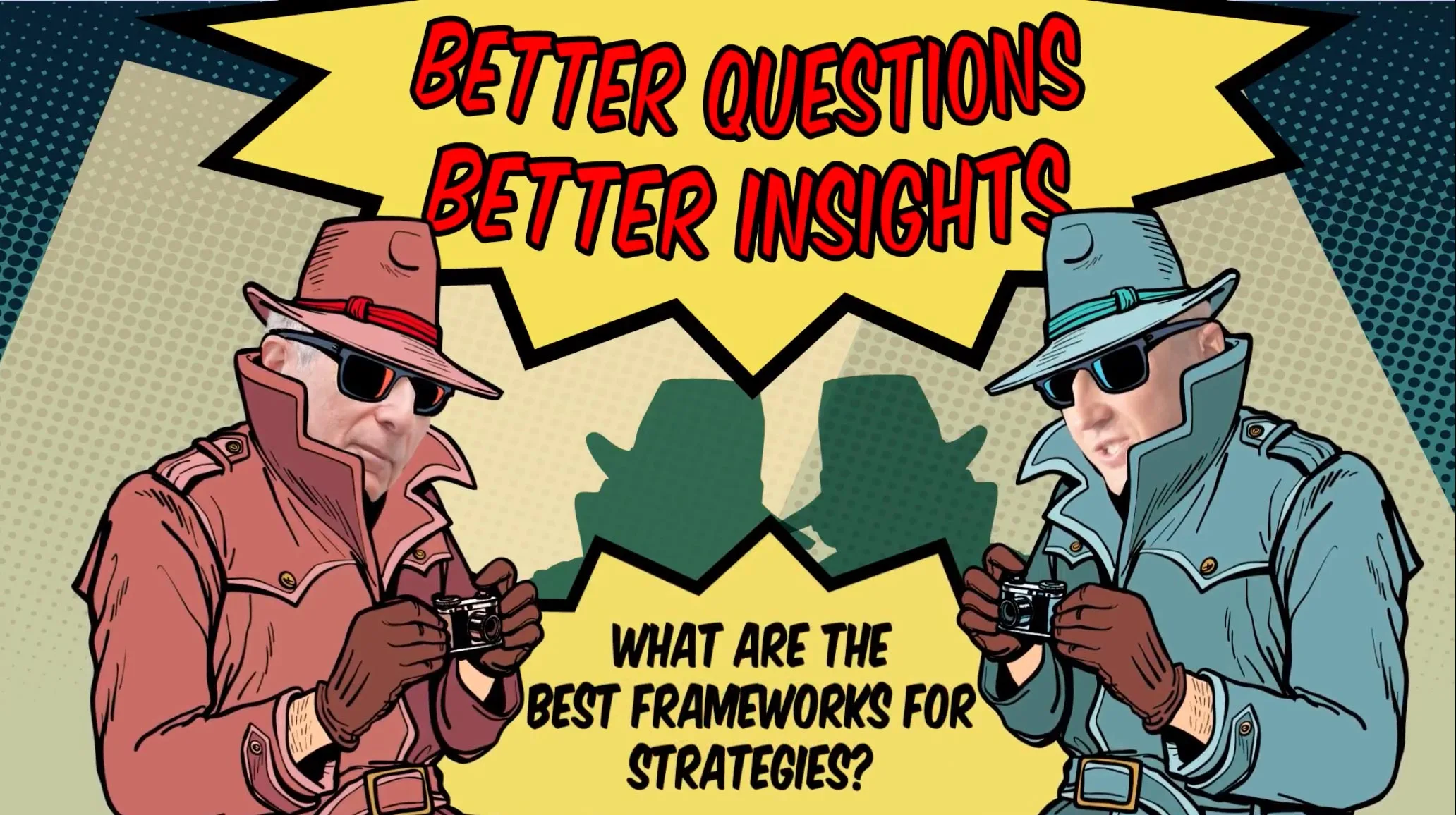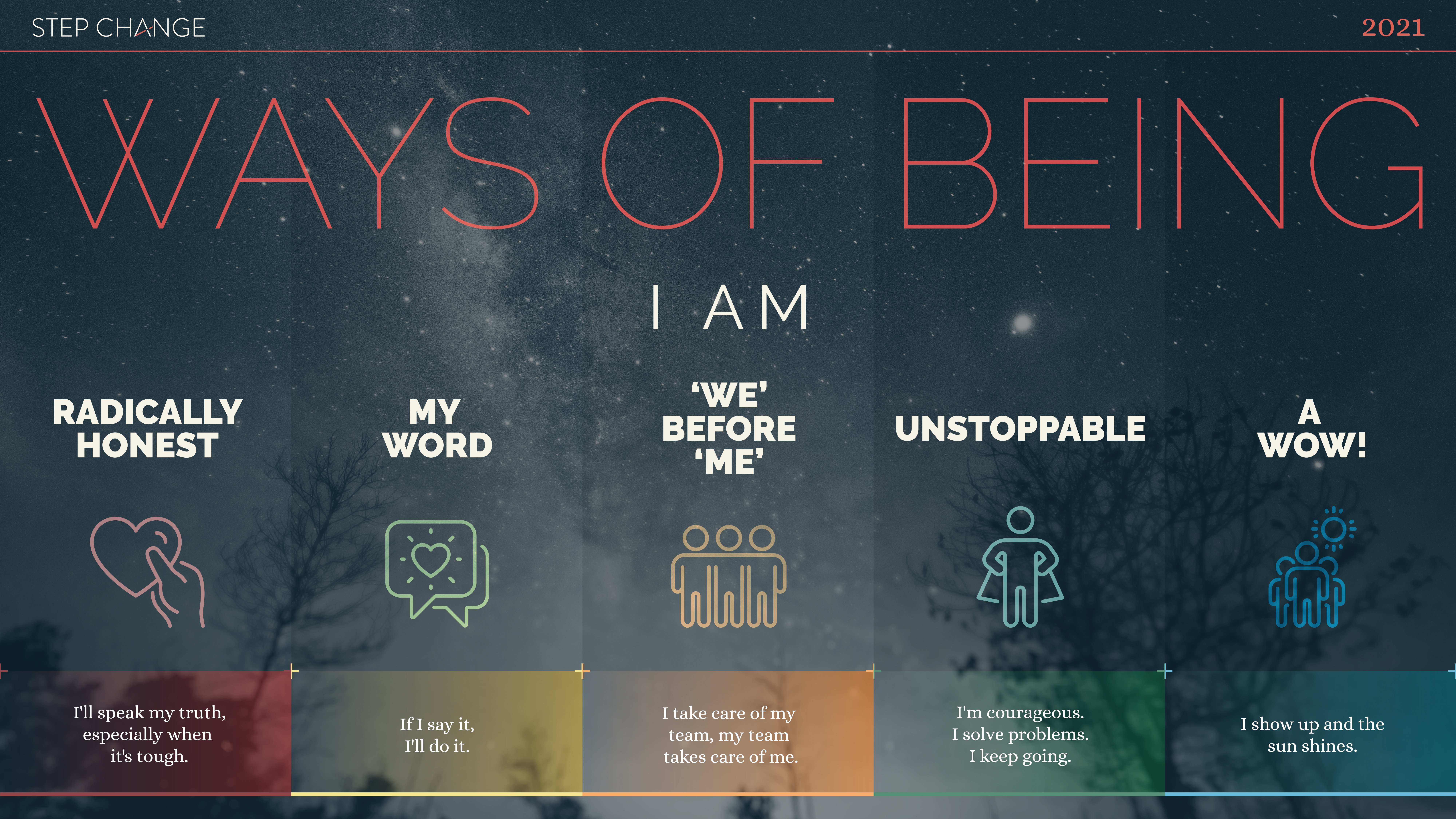Even Amazon‘s $685 billion market value couldn‘t save the Amazon Fire. Launching a product online takes a lot of work — and it‘s something that can elude even the largest companies in the world.
Amazon‘s Fire phone flopped so hard in 2014 that people barely remember it today, and that‘s even after the ecommerce company cut its cost from $200 to 99 cents. Amazon misunderstood and misinterpreted the industry it was trying to launch in — and they assumed that the weight of their brand was enough to carry their marketing strategy.
This proved to be a costly and lasting mistake; it‘s doubtful that Amazon is going to be jumping into the smartphone market any time in the near future.
Still, Amazon‘s blunder did a lot to teach marketing companies about the value of an online launch strategy. If your company is considering an online product launch, there‘s a lot you can learn from case studies and from existing product launch tactics.
Here‘s what you need to know.
Planning to grow your business? Download our marketing plan template 2.0 to get started.
4 Steps to a Great Product Launch

Every product, market, and demographic is different. Despite this, the steps to a great online product launch generally fit into a simple outline. Create a strategy, develop your tactics, launch your product, and avoid common mistakes.
1. Create a Strategy
Your strategy begins with discovering your target audience. For many businesses, this will lead to building out lists and creating unique and specific audiences. Email lists, social media lists, and mailing lists — all these so you can build a relationship with your prospective customer base.
Once you‘ve built your contacts, list, and audience, you can determine the most accurate and effective sales hooks. You will already have positioned yourself as a trusted authority through repeated contact and valuable content. From there, it‘s only a matter of building up the momentum that can be used for a launch.
It‘s a dirty secret that you can make quite a few mistakes as long as you have a solid, respectable following. Amazon may be a well-known name, but it‘s never been able to foster personal relationships with its customers. It‘s simply too massive.
Plus Amazon is not considered an authority on smartphones — and consequently wasn‘t considered to be trustworthy within that industry. All of these elements together led to a strategy that just didn‘t work, regardless of how much access Amazon had to its customer base.
2. Develop Your Tactics
So how do you build your authority with your customers? How do you get them excited for a product launch online?
You need to keep their attention throughout your marketing efforts and make sure they are still interested by the time you‘re ready to sell. This requires tactics.
- Tell your customers a story. Your customers need to connect with your business and your products on an emotional level. Telling your customers a narrative helps them understand the context of your brand, your products, and your services. It also helps them relate to your brand, rather than thinking of your brand as “just another company.”
- Offer your customers value. Perceived value is key. As your customers continue to engage with your product, you need to offer them something of value. Whether it‘s valuable content or a discount on an eventual product, giving your customers value shows them that you care. This is why stores frequently offer pre-order bonuses and early adopter discounts.
- Create events for your customers to participate in. An event excites customers and builds their sense of anticipation, encouraging them to further engage with your brand. Live streams have become a popular way to connect with customers on an inexpensive and organic level.
- Show your customers social evidence. Customers don‘t trust advertising very much these days. Showing your customers social evidence — through social media sharing and testimonials — builds your credibility. This will also build your social media accounts, which will benefit your company in the future.
- Interact with your customers. Don‘t just send messages out into the void. Connect with your customers on a personal level, especially through social media campaigns and email. Respond professionally and in a timely fashion to any messages your customers send; customer service starts before the purchase does.
These are all mental triggers that will encourage your customers to follow your brand. Once your product launches, you need to seek an actual commitment. This requires different strategies.
- Remember that the customer is always right. Throughout your campaign, you‘ll get a sense of what the market wants. Sell what your market wants — not what you want to sell them. This is a lesson learned by Amazon. Amazon wanted to sell phones, but customers didn‘t want another smartphone option.
- Modify your product offerings based on feedback. If your customers have suggestions, listen; they know what they want. The more of their boxes you can check, the more likely you are to sell your product.
From pre-launch to post-launch, it‘s these tactics that are going to see you through. You need to continually listen to your customer base, modify your offerings, and update your strategies as you go. This is the best way to reliably ensure that your product launch will be successful.
3. Define Your Launch Path
What is a launch path? There are many different types of product launches, depending on the product that you‘re selling and the type of company you have.
A well-established business is going to have a different launch path from a startup company. An entrepreneur will have a different launch path from a small business.
Your launch may consist of a new type of product or service that‘s already similar to your existing offerings. Alternatively, it may be a radically different type of product — something that the market has never seen before.
In ecommerce launch, you have the benefit of creating a lean launch. If you‘ve already established your customer base, you don’t need a significant amount of paid advertising. Instead, you need to do research on the products and services your customers are interested in. You need to talk directly to them regarding whether they are interested in new products, and you need to identify the best ways to deliver solutions to their current problems.
Ecommerce launch paths are streamlined and simplified. A significant portion of the advertising occurs through the internet and through content marketing. Once a customer base has been developed, your launch can happen within minutes. Making your products available online is a click of the button away — from there, you just need to keep selling.
4. Avoid the Common Pitfalls
Amazon‘s mistakes were obvious: they were selling a product that their customers weren‘t interested in. They hadn‘t done the market research required to determine what customers really wanted in a phone, and they were going up against a number of already established options.
Many mistakes that you can make are obvious, but others may be a little more subtle. Here are some of the most common pitfalls:
- Not having a list of interested customers. You don‘t need to start with a list, but you do need to end with one. Don‘t assume that because you don‘t have a list yet, you can‘t make one. As your customer list grows, it will also begin to grow faster.
- Failing to properly form and identify your product. As noted, the product that you want to sell isn‘t necessarily the product that you‘re going to end up selling. The early stages of your marketing will lead to refining and modifying your product.
- Not having an expert. An expert in smartphones and smartphone development could have helped Amazon. If you don‘t have an expert, you should acquire one as soon as possible — they will tell you what direction to move into.
- Trying to rely solely upon expertise. By the same token, just being an expert in something doesn‘t mean that you‘re also a marketer. You need to have digital marketing strategies and tactics on your arsenal before you begin your campaign.
Over time, your marketing strategies are going to become unique and refined. You will figure out the tactics that work best for your business and your audience. At the same time, you‘ll still need to do the appropriate research each time. It‘s relying upon prior knowledge — and avoiding additional data — that was the downfall of Amazon.
8 Online Techniques for Your Next Product Launch

As we‘ve discussed, a solid online product launch is really about the process. A rigorous process ultimately leads to positive results, even if the product or service you‘re selling diverges from what you initially intended to provide.
Here are proven strategies that you can apply to make your product launch a huge success.
1. Build Your Product Messaging
This is the mistake that Amazon made — they failed to properly build their product messaging. Amazon didn‘t have the expertise to truly break into the smartphone market, and consequently, they weren‘t able to provide any content of value to their customer base.
Building your product messaging over time is the best way to test the waters and ensure that your products will sell.
Read this article to learn how to create the perfect messaging for your product.
2. Promote It on Your Business Blog
When the webcomic and humour site the Oatmeal launched their card game product “Exploding Kittens,” they made a record-breaking $8.7 million.
This is despite the fact that they had never launched a card game before — and they were only seeking an initial investment of $10,000. Since then, they have continued to develop and release games with great success.
Their secret? They took advantage of their preexisting audience and listened to their audience when they told them what they wanted. The Oatmeal was already wildly successful and had a substantial contact list. Their audience was interested already in additional The Oatmeal products and would purchase a wide variety of merchandise purely through its connection with the art of the comics trip. All of these things gelled together to create an immensely successful campaign.
Read this article to discover the top reasons why a blog is a must-have for businesses.
3. Focus on Your Customers and Their Needs
Who will be using your product, and how will your product change your customer‘s life? The iPhone 8 learned this lesson in a dramatic fashion when it became the first new iPhone release not to garner long lines and a flurry of purchasing.
Apple was so set on creating a new iPhone; they didn‘t ask themselves what their customers really wanted and expected. They released a product that was uninspiring. Other than wireless charging, the iPhone 8 did very little to improve its user‘s lives. More so, customers were anticipating other features that they expected in new iterations of the phone — and consequently, they wanted to wait until they saw a better product.
Learn 4 tested ways to identify unmet customer needs.
4. Optimise Your Website and Your Customer Experience
MoviePass was an interesting online phenomenon. It was wildly successful but also known for haemorrhaging money and providing terrible customer service. MoviePass is a $9.99 monthly subscription service that lets users view as many movies as possible, but MoviePass didn‘t expect to be as successful as it was. In fact, so many users signed up that the site had to reduce its services, and its customer support (or lack thereof) has become a notable problem.
5. Create Buzz on Crowdfunding Platforms
Crowdfunding has become one of the most popular ways to launch a product online. It makes sense: if there is interest in your product, your product will sell. If no one wants your product, then you‘ll know, without having to invest a lot of money. If you have a product or a service more than you have a company, a crowdfunding platform may be the ideal solution.
The previously mentioned Exploding Kittens card game was a crowdfunded game, but it‘s certainly not the only immensely successful crowdfunded project. The Pebble electronic watch was able to earn $10 million on Kickstarter, while the Ouya raised $8.5 million in less than a month.
6. Create a Remarkable Product Explainer Video
A product explainer video is a necessity when you‘re trying to sell a product or a service that‘s unusual. You may need to explain to your customers what your product does better than the competition or simply explain to them the problem that your product is meant to solve.
7. Reach Out to Your Existing Customers
Your existing customers are also your most loyal customers. They‘ve already shown themselves to be interested in your company and your brand; they are the most likely to be in your demographic and interested in your new products.
8. Offer Pre-Orders
One of the reasons crowdfunding is so valuable is because they essentially work as a pre-order service. A pre-order shows that your market is genuinely interested. Pre-orders also work to make sure that you have cash flow from the start, which helps in keeping your company agile.
These are the strategies that are most likely to lead to engagement, and many of them aren‘t extraordinarily difficult to implement. It‘s just a matter of taking the time.
Product Launch Case Studies

The best way to learn about product launches is to look at real product launches that occurred — which ones failed and which ones succeeded. The real world is extraordinarily different from the theoretical world.
Many failed product launches involve extremely large companies — companies that wouldn‘t be thought to make these types of mistakes.
Similarly, many of the most successful product launches are from relatively inexperienced companies — companies that just hit upon a need or drive within their demographic.
1. Gucci‘s “Outer Space” Collection
Gucci launched its new product line in 2017 with a sequence of science-fiction inspired ads, which were meant to capture the attention of their audience. It worked because it was something that was unique and exciting to its user base. By creating a number of videos and images in the “Outer Space” theme, Gucci was able to inspire creativity and interest in their followers.
2. Kate Spade Uses Live Streaming
Kate Spade was able to garner interest in its new collection through the use of live streaming — a technique which lets a brand talk directly to its most interested customers. Live streaming gives customers the opportunity to talk directly to the brand and to feel as though they are a part of an event that is bigger than themselves.
3. Barclay‘s Goes Mobile
When Barclay‘s launched its mobile app, Pingit, they discovered they were getting negative attention due to their 18 and older limitations. They reacted swiftly to correct this, leading to positive responses.
This is an example of modifying a product to suit your audience‘s needs. Barclay simply had not anticipated how many older teens were interested in using its services. The change was incredibly important as it opened up Barclay‘s to a totally different demographic.
4. Front App Uses Its Data
When Front launched its team management app, it was able to pare down through its data to find its top-performing advertising channels. Through this, they were able to improve upon their engagement and conversions. They focused on the advertising channels that worked best, and they were able to tailor their content to each successful channel.
5. Ben and Jerry‘s Leverages Its Social Media Marketing
When Ben and Jerry‘s launched its new products, it turned to its social media marketing. Ben and Jerry‘s sent out its core flavours to 210,000 Twitter followers and the 7.2 million followers on its Facebook pages. This was an affordable and easy way to send a message.
All of these successful product launches focused on putting their customers first. By putting their customers at the forefront, they were able to offer products that their customers want.
Conclusion
Amazon‘s failure to launch its smartphone may have been a win in other ways. Amazon was well-diversified enough that it was able to pivot successfully, moving into the area of smart home gadgets and away from cellular technology. And that‘s another important aspect to business: the ability to move in other directions.
Still, Amazon could have had a successful launch if they had better understood their market or if they had altered their product to suit their demographics. These are things that would have been avoidable but weren‘t simply because they underestimated the need for the appropriate strategy and tactics.
Ready to step up your marketing game? Download our marketing plan template 2.0 to get started!
















